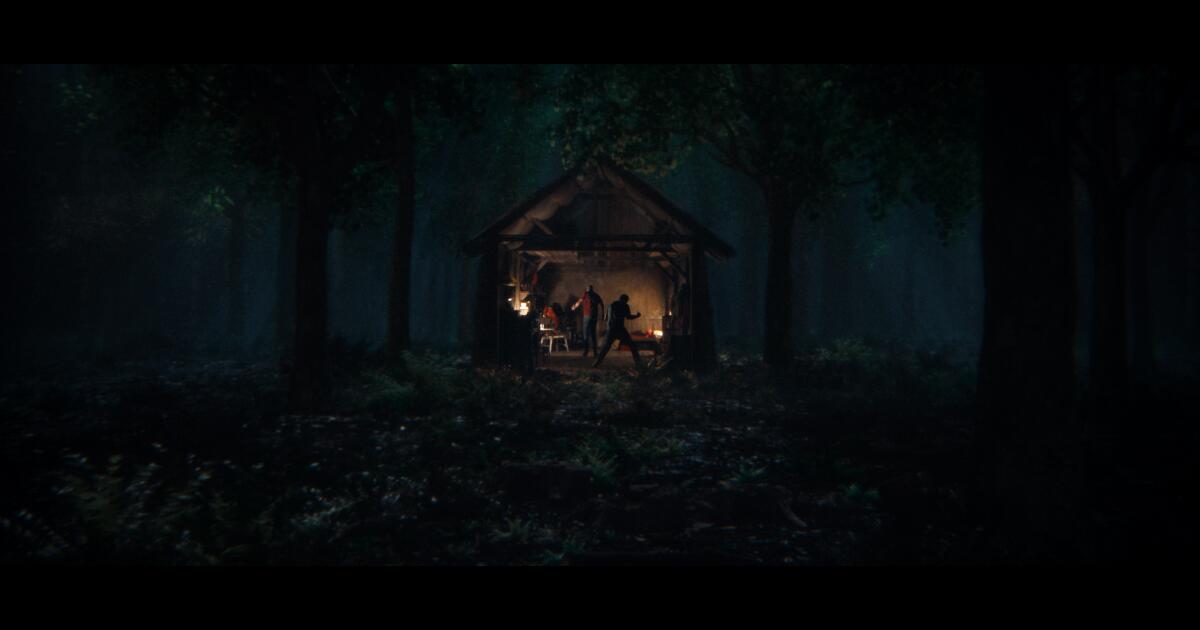“It’s a uncommon glimpse into their vulnerability,” says cinematographer Ben Fordesman of a scene in Ronan Day-Lewis’ “Anemone,” the place estranged brothers Ray (Daniel Day-Lewis) and Jem (Sean Bean) drunkenly dance moments after Ray reveals the scars of his childhood. Right here, the movie’s unflinching power — influenced by Ingmar Bergman’s “Autumn Sonata” — shifts; the digicam shakes free from restraint earlier than pulling again to disclose them small in opposition to the empty wilderness. “Ronan was eager on exploring the psychological panorama of Ray, specifically, in a metaphysical approach. This was our strategy to recontextualize the characters and place them in opposition to the huge indifference of nature. To recommend a sort of detachment from actuality,” Fordesman says of “Anemone,” which examines trauma and its generational ripple results. The scene’s dramatic payoff wasn’t initially scripted and virtually didn’t occur, because the cabin set needed to be redesigned so one facet might be eliminated. Inventive engineering from manufacturing designer Chris Oddy and seamless visible results helped deliver it to life. “It was genuinely probably the most enjoyable issues to shoot if you’ve received the motivation to maneuver freely. Every thing in the remainder of the movie is taken into account and composed,” says the cinematographer. “This possibly leans into the way in which that trauma may be typically skilled as a reminiscence and the dancing is a approach of shaking that off.”

